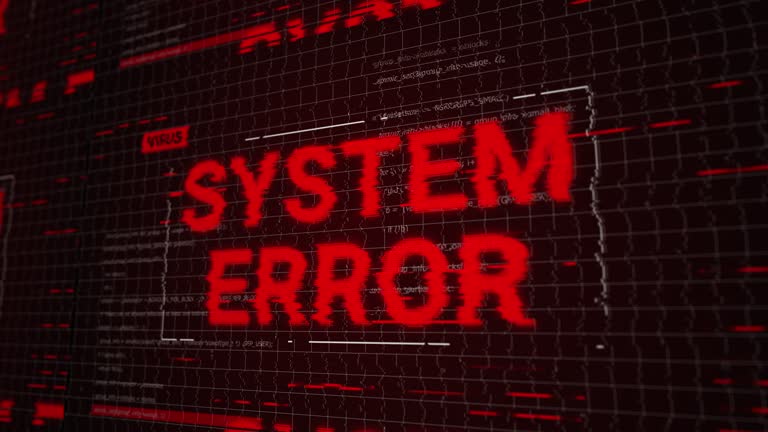What Is the Unsent Project and Why It Resonates With Millions
There are words we never send, confessions left unsaid, and feelings that linger quietly in our hearts. Almost everyone has a text drafted but never delivered, an “I miss you” that never reached its destination, or a final goodbye that stayed unspoken. The Unsent Project captures this very human experience.
Created in 2015 by artist Rora Blue, the project has since grown into a global phenomenon with millions of submissions. It is a digital archive of unsent messages, paired with colors chosen by the senders to represent the emotions behind their words. At its core, it is not just about lost relationships but about the universal struggle of expressing what we cannot say out loud.
What Is the Unsent Project?
The Unsent Project is an ongoing digital art project that invites people from around the world to submit text messages they never sent to their first love or to someone who left a lasting impact on them. Each submission is paired with a color chosen by the sender, symbolizing the emotional weight of the message.
Rora Blue originally launched the project on Tumblr with a simple question: “What color do you associate with your first love?” The responses grew into thousands of unsent messages, and the project evolved into a full-scale website where anyone could share their words anonymously.
Since then, it has collected millions of messages and has been featured in major outlets such as Teen Vogue, Cosmopolitan, Good Morning America, and HuffPost. Today, the Unsent Project is one of the largest participatory art projects online, both deeply personal and profoundly collective.
How It Works
The process of contributing to the Unsent Project is simple yet powerful:
- Write your unsent message This could be anything you wanted to say but never could.
- Choose a color The color reflects the emotions connected to the person or the message itself.
- Submit it anonymously No personal information is collected, and the message becomes part of the archive.
Once a message is submitted, it is reviewed and then published online. The archive can be browsed by name, color, or through a comparison feature that places two messages side by side, mimicking a text conversation.
This simple structure allows people to not only express their own unspoken thoughts but also read the words of others, often finding uncanny parallels to their own experiences.
The Power of Color
One of the most unique aspects of the Unsent Project is its use of color as an emotional language. Each submission requires the sender to assign a color, creating a visual dimension to the emotional narrative.
- Red often reflects passion, gratitude, or deep love.
- Blue is the most common choice, symbolizing sadness, reflection, or longing.
- Black conveys despair, heartbreak, or endings.
- Yellow is often tied to hope, optimism, or memories of joy.
- Pink represents care, effort, or gentle love that didn’t quite last.
- Green signifies healing, growth, or bittersweet renewal.
By weaving colors into the archive, the project transforms private emotions into a shared spectrum of human feeling. It turns words into a visual tapestry where readers can literally see how love, grief, and longing are painted across cultures and lives.
Why It Resonates With Millions
The Unsent Project has become a safe haven for unspoken truths, and it resonates with people worldwide for several reasons.
First, it provides an emotional release. Writing unsent words offers catharsis people can let go of emotions they’ve carried, even if the intended recipient will never read them.
Second, it creates a sense of shared humanity. Reading through the archive shows that heartbreak, longing, gratitude, and regret are not isolated feelings. They are deeply universal. Someone in Tokyo may submit the same unsent thought as someone in New York, and this connection dissolves cultural or personal barriers.
Third, it acts as a form of therapeutic art. The act of pairing emotions with colors gives structure to otherwise overwhelming feelings. It’s not just writing it’s storytelling through words and visuals, which helps people process their own emotional landscapes.
Finally, it resonates because it is anonymous yet deeply personal. Unlike social media, where vulnerability can be risky, the Unsent Project allows people to open up without fear of judgment. That honesty makes the archive raw, real, and powerful.
The Benefits of the Unsent Project
The project carries benefits not just for individuals but also for society as a whole.
For individuals, the main benefit is closure. Sometimes writing an unsent message is the closest we come to a final goodbye. It allows people to say what they could not and move forward with clarity.
There is also a sense of validation. Seeing other people’s submissions can make readers feel less alone. Someone struggling with a breakup may stumble across a message that mirrors their own pain, giving them comfort and solidarity.
On a broader scale, the Unsent Project provides a cultural and artistic record. It documents how modern relationships, communication, and emotions are shaped in the digital era. Instead of private diaries, today’s generation has an anonymous collective diary of emotions, preserved for the future.
Growth and Legacy
Since its humble beginnings in 2015, the Unsent Project has grown massively. By 2025, it has collected more than five million submissions from people all over the world.
Its permanence adds weight: once a message is submitted and published, it cannot be edited or deleted. This rule makes every message part of a lasting archive a permanent snapshot of emotions at a given moment in time.
The project has also become a point of discussion in art, psychology, and media circles. It has been studied for its ability to capture the psychology of memory, longing, and human connection. It has been celebrated for its artistic depth, with Rora Blue described as an artist who turned unspoken pain into communal beauty.
In many ways, the Unsent Project has become a digital time capsule of emotions, preserving not facts but feelings for future generations.
Criticisms and Limitations
While widely celebrated, the project is not without its limitations.
One concern is the permanence of messages. Once published, they cannot be removed. This adds weight and authenticity but may also cause regret for some participants.
Another issue is the potential for unintentional exposure. Although submissions are anonymous, people sometimes include identifying details. This can be risky, especially in emotionally charged contexts.
Finally, for some readers, browsing the archive can be triggering, especially when reliving their own past heartbreaks. The rawness of the messages, while powerful, is not always easy to engage with.
How to Explore or Contribute
Participating in the Unsent Project is open to anyone. The steps are straightforward: write the message you wish you had sent, choose a color that reflects your emotions, and submit it through the official website.
When browsing the archive, you can search by name, which allows you to see all messages written to a specific person’s name, or by color, which groups emotions visually. The comparison feature also lets you view messages side by side, creating a sense of conversation or connection between strangers.
This interactive design makes the archive both deeply personal and universally accessible.
Conclusion
The Unsent Project is more than a website or an art experiment it is a living archive of human emotion. It takes the private, fragile act of writing an unsent message and turns it into a collective story of love, loss, and memory.
It resonates with millions because it reflects what we all know: sometimes the words we do not send are the ones that weigh the most. By sharing them anonymously, we release them into a larger tapestry where others can find meaning, empathy, and comfort.
In a world where communication is constant but often superficial, the Unsent Project stands out as a reminder of the depth of human emotion proof that even in silence, we are connected.










